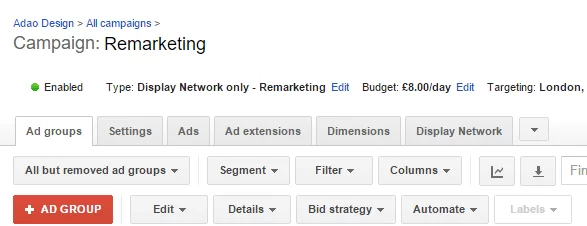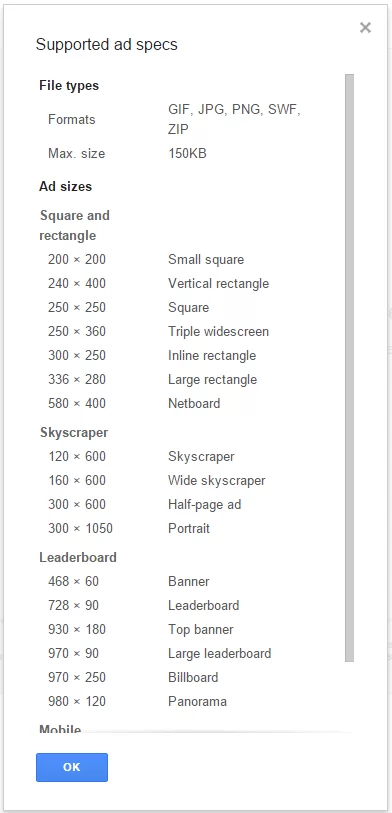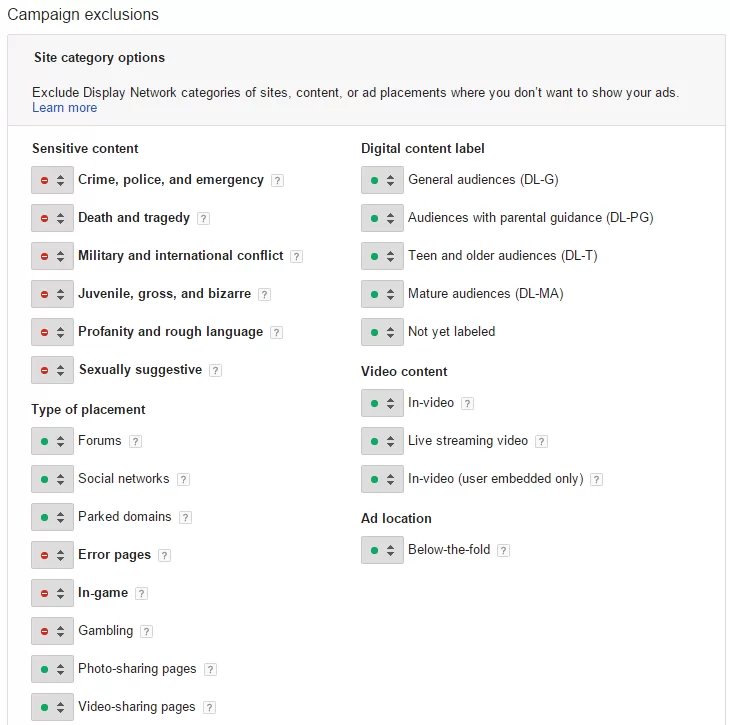This website uses cookies to improve your experience while you navigate through the website. Out of these cookies, the cookies that are categorized as necessary are stored on your browser as they are essential for the working of basic functionalities of the website. We also use third-party cookies that help us analyze and understand how you use this website. These cookies will be stored in your browser only with your consent. You also have the option to opt-out of these cookies. But opting out of some of these cookies may have an effect on your browsing experience.
Always Enabled
We use necessary cookies to ensure our website works properly and provide essential functionalities and security features. These cookies do not collect any personal information and are always enabled. By continuing to use our website, you agree to our use of these cookies.
V:1 - 2024-09-13 07:45:43am
To enhance user experience, we use performance and analytical cookies to understand and analyze the key performance indexes of our website. Performance cookies help us deliver better user experiences by tracking metrics such as load times and response times. Analytical cookies help us understand how visitors interact with our website by providing information on metrics like the number of visitors, bounce rate, traffic source, and more.
V:1 - 2024-09-13 07:45:43am

Did you know that a remarketing campaign is almost a must have for any complete PPC marketing strategy? Essentially, remarketing is simply repeating your advertising to the potential customer that already had contact with your brand. Maybe it was your website, Facebook page or the specific e-commerce product page. The power of remarketing lies in the simple fact that audience you are targeting might have already expressed an interest in your brand or at least the product or service similar to yours. Setting up the remarketing campaign is very easy but optimising it for the best possible results might be tricky at times. Your ads might be displayed to the visitors of your website later on the pages they visit, but are you targeting them correctly? We’ve prepared our top 10 strategies for your remarketing that will help you to convert your leads easier.
Setting up the remarketing tag on your website is essential to be able to build the audiences which you would then market to. Make sure that you are building your remarketing audience even if you are not planning to start the remarketing campaign yet. These might always come in handy and it does not take an awfully lot of time to setup the tracking. Later you will be able to filter the audience based on the time spent on the website, conversions or visits to the specific parts of your page.

Remember that you are always able to specify the audience you would like to target depending on what your data is telling you. If you know that the visitors of specific pages are more likely to convert, simply create the audience that consists only of these visitors who additionally have spent more than 20 – 30 second on that specific page.

If your data tells you that a group of visitors expressed an interest in your product or service by submitting the form or entering the live chat, make sure to create the remarketing campaign based solely on these leads as they have high chance to convert. Remember to monitor your data, if you struggle to understand it, we are here to help!
During our recent visit to Google Headquarters in London we’ve been told multiple times that the shopping cart abandoners are already many steps ahead on the way to conversion than the fresh visitor to your page. It is possible to setup the specific remarketing list and even the email list targeting those who did not complete the checkout process on your e-commerce website or the booking in your hotel. Make sure to ask our team about it if you want to know more.
It costs 4 times more to acquire a new customer than to make the sale to your existing one. At the same time, it is way easier to market to the exiting customers with your remarketing lists. Targeting those who already purchased your product or service has a much higher chance of success.
Your remarketing lists members will visit a variety of sites where your ads might be shown. Each of them might allow different kinds and resolutions of graphical banners. Make sure to upload all the most popular sizes to maximize the range of your ads. Google AdWords allows variety of advert sizes, here are few of them:

Bidding higher for certain remarketing lists might help you to increase your reach and convert leads easier. Also make sure, that you target the right remarketing list members. Increasing the bid for the lists that are more likely to convert, while keeping the bids low for normal remarketing, might be a smart tactic.
Did you know that you can profile your audiences by the geographical location? This is a very effective strategy for the local businesses and allows better access to your closest neighbourhood. Depending on the location, your remarketing might be cheaper and more effective.

Time your remarketing correctly. Similarly to the standard PPC campaign, you can schedule your ads depending on what your conversion data tells you.

“+15% for mobile” became a small standard in the PPC professional community. With mobile optimised website and mobile friendly ads, you are good to go.
Nobody (we think) wants their ads displayed on websites that might trigger mixed reactions. Your remarketing targeting might exclude these to make sure that your business won’t be associated with the website you wouldn’t like it to be.

If you’re struggling with setting up your own remarketing campaign, give us a shout. Pop in for a quick coffee or give us a call for a no-strings-attached chat!
